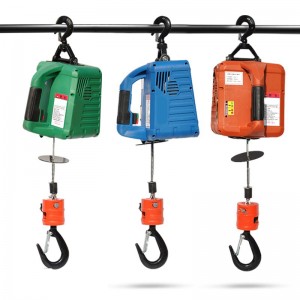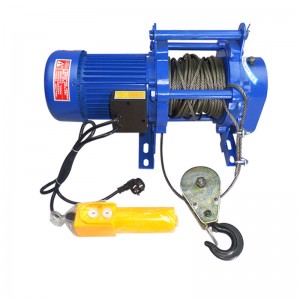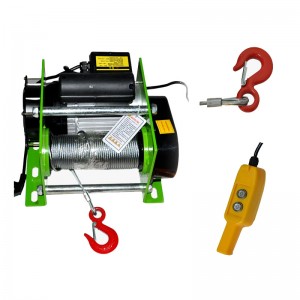If you are considering manufacturing hoists for the healthcare industry, you might be wondering which design would work best for both you and your customers. Patient hoists can be operated by an electric hoist motor or manually by human lifting. Whilst manual hoists can be considered cost-effective upon initial purchase, electric hoists can bring an array of long term advantages that benefit both the healthcare practitioner and the patient.
A patient hoist is a lifting mechanism to safely manoeuvre patients from one position to another, such as from lying in a bed to sitting on a chair. They are a fundamental piece of equipment for assisting those with mobility issues within healthcare facilities, such as hospitals and residential care homes.
Our top priority when manufacturing patient and disability hoist motors is to maximise safety, convenience and ease of movement. We work closely to ensure our hoist motors operate smoothly and quietly, offering the highest level of comfort for patients. We can also fully customise any of our electric motor products to ensure they meet the exact needs of your hoist design.
Electric hoists are also advantageous due to their speed. They can help to speed up the process of setting up the hoist, getting the patient ready and the physical process of transferring them from one place to another. Patient hoist parts and motors are cleverly designed to have smooth operation whilst creating a simpler, easier and more convenient process for both caregivers and patients.
Electric patient hoists are safer than manual hoists as they can prevent accidents and injuries from happening. For example, if a caregiver were to have a fall or lose strength whilst manually moving a disabled or potentially critically ill patient, this could cause a nasty accident. Since an electric hoist motor can provide improved reliability and control over manual moving and handling, it is often considered a preferred option.
Post time: Feb-01-2023







